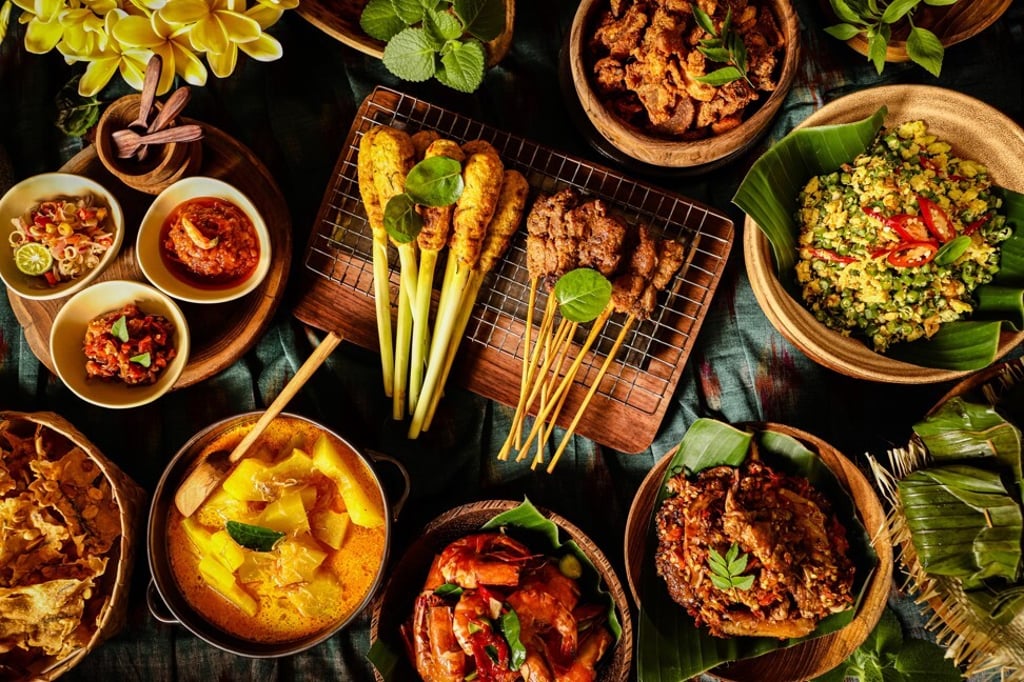Indonesian food with a colonial twist: how the feast of rijsttafel, or rice table, became a social tool and status symbol
- Rijsttafel is inspired by traditional Indonesian communal eating, which Dutch colonists adapted to their own culture
- The extravagant display of rijsttafel became a symbol of colonial power among the Dutch, turning special meals into a spectacle

An overloaded table in a restaurant in the Dutch capital Amsterdam is covered with plates of succulent Indonesian food: gado-gado (a cooked vegetable salad in peanut sauce), rice, pickled vegetables, satay skewers of fish and chicken, prawn crackers, spicy beef rendang, curries, and of course, the ever-present sambal, or chilli sauce.
This feast is called rijsttafel, or rice table. Devised by the Dutch colonisers of Indonesia, it is based on a variety of dining styles primarily from the Indonesian islands of Java and Sumatra.
Rijsttafel is one of the remaining legacies of four centuries of Dutch rule in Indonesia. According to food historian Peter Rose, it should be regarded as a hybrid feast of Indonesian dishes. “It was the Dutch who gave it its collective name and added more dishes they had encountered on various islands, making it even more elaborate than it already was,” she says.
The Dutch East India Company first gained a toehold in Indonesia in the 1600s and went on to foster a valuable spice trade, until 1800 when the company was dissolved. Its geographical possessions were then nationalised and became the Dutch East Indies until 1949, when Indonesia won its independence.

Rijsttafel reflects the multi-ethnic nature and different culinary traditions of the Indonesian archipelago, Rose says, where the custom of elaborate banquets varies from island to island and province to province, each with its own distinctive flavours and grades of hot spices.
